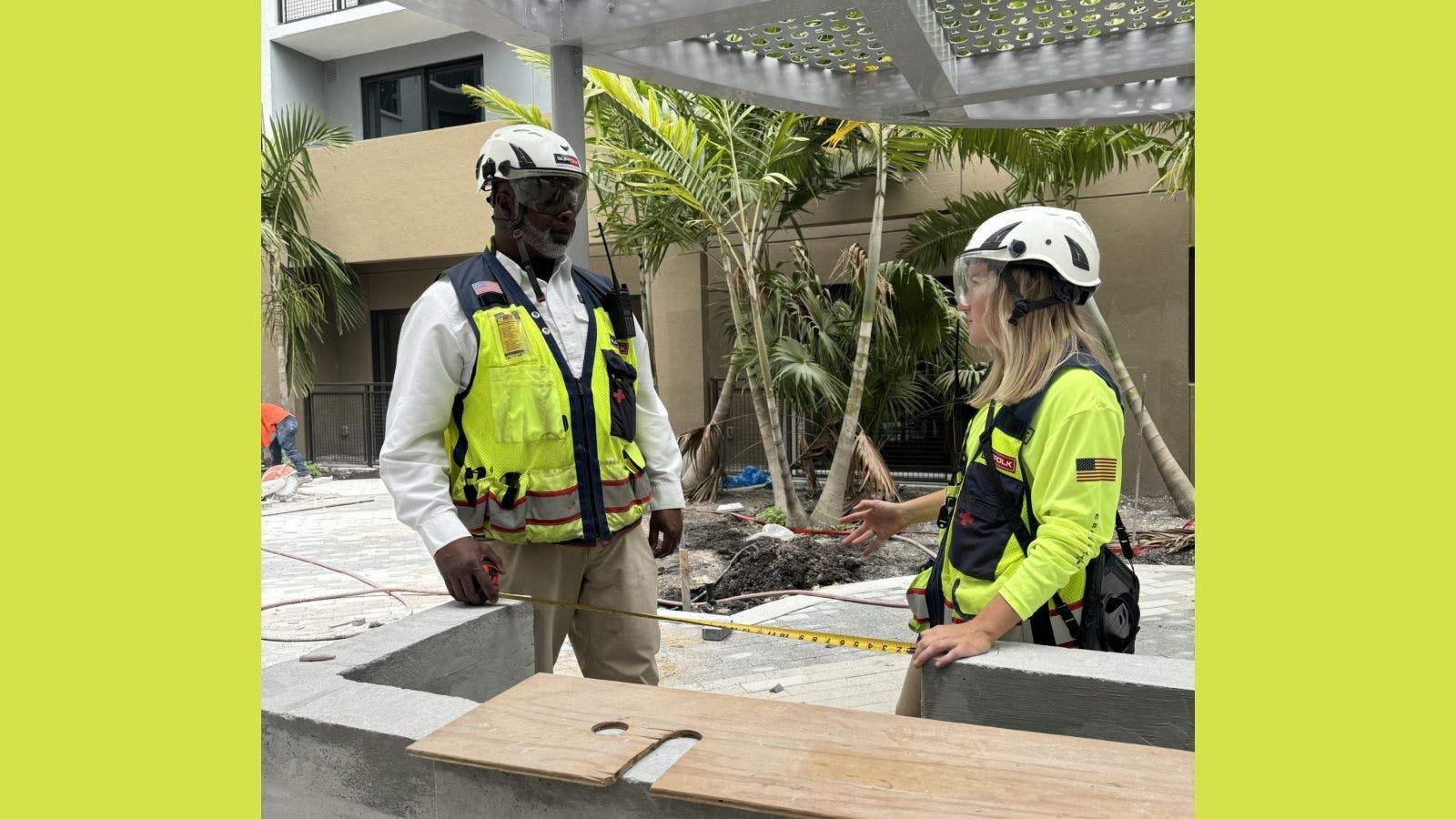
Employee Engagement as an Intentional Strategy
What most construction leaders want is an organization that runs smoothly and efficiently—an objective that is readily achieved then employees are fully engaged.
Engaged employees feel passionate about their jobs, are committed to the organization and put discretionary effort into their work. By comparison, disengaged employees generate unexpected costs and unwelcome turmoil.
In today’s competitive environment, leaders are advised to know these three things:
- the difference between employee satisfaction and employee engagement;
- what causes employee disengagement and its resulting problems and costs; and
- what drives employee engagement that leads to exceptional performance.
Employee satisfaction is described as the extent to which employees are content with their jobs and work environment. This sounds ideal, but a leader should be careful in striving to develop satisfied employees. A employee who is deemed satisfied could also be overpaid, have minimal supervision and is not held accountable for performance. For this person, life is good. For the company, not so much.
Employee engagement, on the other hand, is the extent to which employees feel passionate about their jobs, are committed to their organization and put discretionary effort into their work. Engaged employees are also satisfied employees.
When employees are disengaged, though, serious problems and increased costs accompany that kind of behavior. Productivity levels or quality of workmanship can drop. Falling short of acceptable standards can cause expensive callbacks. Safety concerns rise when disengaged employees don’t pay attention to their own safety or the safety of others on their team.
The three most common causes of disengagement and their solutions include the following:
- Ineffective communication: To avoid or overcome communication challenges, construction leaders are advised to get all leaders in their organizations to listen more, ask for feedback, provide constructive feedback, and be thorough, clear and consistent when providing direction.
- Lack of opportunities for growth or advancement: Most people want to expand their skills and advance in an organization. Construction leaders should create a plan allowing everyone on their team to develop new skills on a clear next-step path.
- No connection to the organization’s vision or purpose: When employees have no sense of connection to their work’s meaning or the company vision, they tend to be disengaged. How can leaders find a way to develop these connections among their employees? It requires articulating the specific value each employee contributes to achieving the organization’s short- and long-term objectives. As an example, if employees hauled bricks in a wheel barrel all day long, they would probably not love their job. However, if they believed they were an important part of building a hospital where lives are saved every day, they would undoubtedly like their jobs more.
How can construction leaders develop engagement in their workforce? They first have to know the drivers of engagement. Here are three common drivers and suggestions for achieving them.
- Respect for employees: Leaders cannot underestimate the importance of consistently showing genuine appreciation for their employees’ efforts. Their actions, words and behaviors are always scrutinized by employees, which is why leaders are advised to choose carefully.
- Trust: Leaders must earn employees’ trust and create an atmosphere of full trust throughout the organization. They accomplish this by doing what they say will do, by communicating effectively, and by being fully transparent in their words and actions.
- Teamwork: Employees will feel engaged when they see an abundance of teamwork and cooperation in their work environment. Without this fundamental component, chaos, confusion and conflict emerge. As a result, employees disengage.
Given the challenges construction companies face when recruiting, attracting and retaining employees, leaders are wise to make employee engagement an intentional strategy, not just a program. They should aim to create this intentional strategy with carefully thought-out actions and turn it into an implementable plan that can be measured. Having a plan for engagement success will minimize turnover, improve productivity, and achieve greater financial performance as they build the high-performance organization they want.
Related stories








